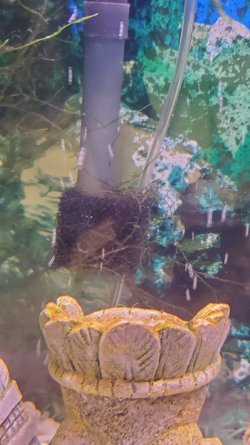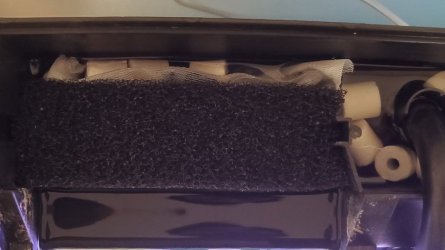Should I wait a little longer then ? Does it look to be going in the right direction with Nitrate present ?
no expert by any means, but after getting back in the hobby in a similar way (small tank, 29 gallons, but suddenly had a fish in it and it wasn't fully cycled yet) I had to go back to learn and re-learn a lot of things.
3 weeks later my tank is fully cycled and I did it while the betta I was sitting was in it for the first week.
from the start the ammonia and nitrates were OK, but the nitrites were not coming down for days, I was worried that the betta was going to suffer or even die from it, it was a bear to bring down from over 5ppm. It finally got down to 2 ppm after a couple of days but stayed there. After the betta went back to his owner I started a more aggressive "seeding" of bacteria with seachem's "stability" product.
I actually had spent many hours for that whole week reading about cycling with and without fish, and I made the decision to go with a tip from soneone who basically said just double-down on the bacteria seeding indications. After a week, nitrites went down to 1 ppm, but after another week it would not budge any further. After more reading decided that large water changes were in order, so for two days in a row I changed about 30% of the water each day and added seachem with the new water. On the day after that second big water change, voila; ammonia and nitrites at zero, and nitrates at 5 ppm.
I had added 4 plants while cycling, and 3 snails when nitrites were hovering between 2 and 1 ppm.
After achieving zero ammonia and nitrites I've added 5 corys. so far, so good. nitrates have gone up from 5 to 10 ppm after the corys arrival, but ammonia and nitrites stay at zero, so the cycle is working.
per seachem's bottle indications, every time I added a fish, I did add another dose of it to the water right away and kept on that "double the dose" mantra.
So, to start the process it said one cap per 10 gal, instead I added a total of 6. After that you're supposed to do a daily dosage, I doubled it.
Did the same when adding each fish too. The recommendation is 1 cap per fish added (so each time I added a fish, I added 2 caps).



